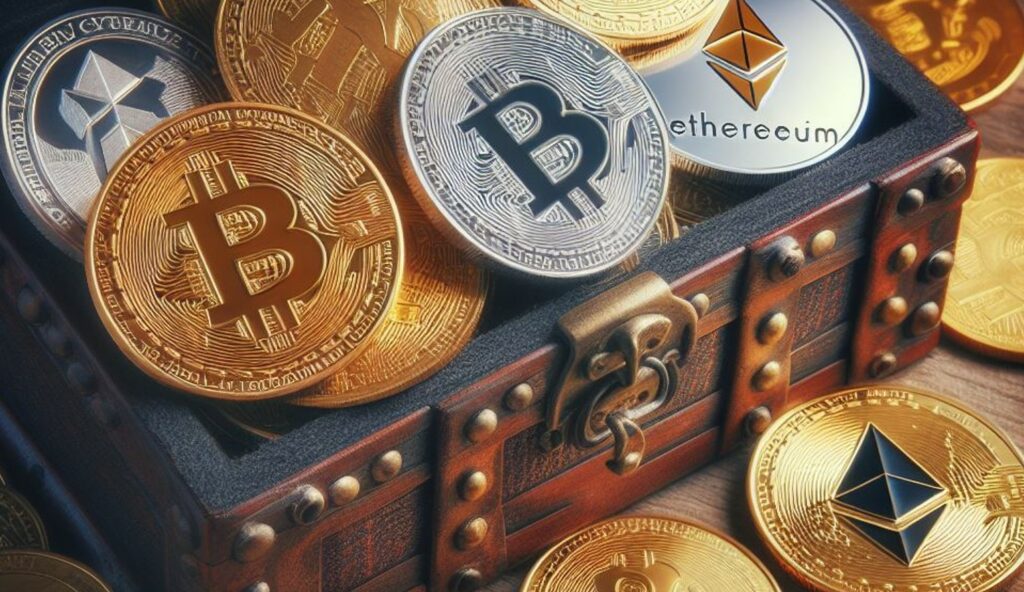
Redazione RHC : 16 November 2025 12:14
Throughout 2024, there were several signs of a shift in the relationship between institutions and cryptocurrencies. On March 6, President Donald Trump signed an executive order establishing a “Bitcoin Strategic Reserve,” committing the U.S. government to not sell the approximately 200,000 BTC it already holds and to increase its stockpile without impacting the federal budget.
On July 18, the Genius Act , which establishes a regulatory framework for dollar-pegged stablecoins , was passed. A few days later, on August 1, Hong Kong implemented its new stablecoin regulation, with a licensing system and reserve requirements to protect repayment.
After sixteen years of development in a context of virtually no government oversight, a sector that began as an anarchic and decentralized space now exceeds $3.5 trillion in market capitalization. Recent legislative initiatives demonstrate how cryptocurrencies are gradually integrating into the global financial architecture.
Two intellectual traditions have influenced this ecosystem: on the one hand, the ” cypherpunk ” movement of the 1990s, which saw cryptography as a tool for protecting privacy and individual freedom; on the other, economic reflection inspired by Friedrich Hayek ‘s 1976 essay, “The Denationalization of Money .” Retracing Hayek’s theories allows us to reconstruct the evolution of money, the origins of the state monopoly on minting, and the attempts to introduce forms of private currency, now replicated in cyberspace.
The earliest forms of exchange did not arise as a government invention, but as a spontaneous result of interactions between human groups. Before 4000 BC, communities of a few hundred people exchanged goods for ” natural currencies ” such as cattle, salt, shells, or grains. These means allowed for the preservation of value and facilitation of transactions, although they had limitations related to poor portability and divisibility.
With the advancement of metallurgy and the growth of city-states, metals such as gold, silver, and copper began to circulate due to their physical characteristics, which were more suitable for exchange. Transactions were based on the weight and purity of the metal, a system known as ” weighed money.”
The decisive step occurred in the 6th century BC, when the Kingdom of Lydia, in present-day western Anatolia, issued the first standardized metal coins . Its geographical location, at the center of important trade routes, and the availability of the precious electrum — a natural alloy of gold and silver found in deposits along the Paktoros River —favored this development. The coins bore the dynasty’s symbol, a lion’s head, and had certified weight and purity, reducing valuation times and facilitating exchanges.
From the second half of the 7th century BC, the practice spread rapidly to the Aegean city-states and the Persian Empire, establishing itself as a monetary model within a century. By the 5th century BC, Greece, Persia, and much of the Mediterranean had adopted centralized minting systems.
A similar evolution characterizes the history of paper money, initially the result of private initiatives and only later the object of a state monopoly.
 Redazione
Redazione